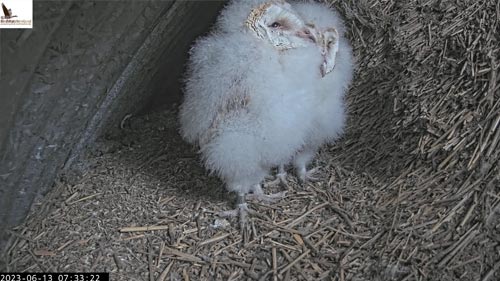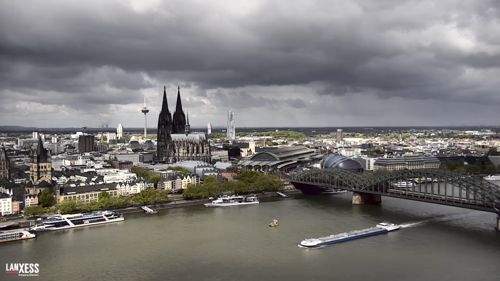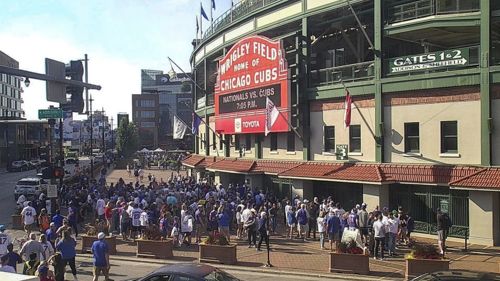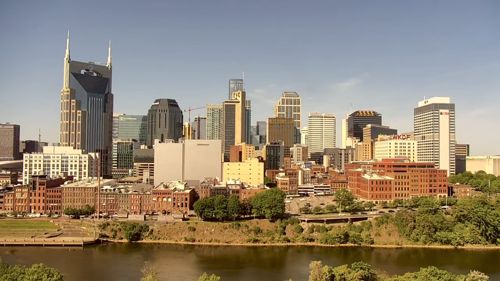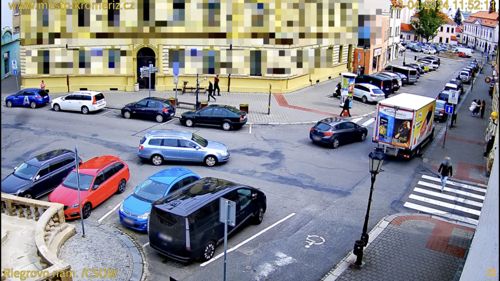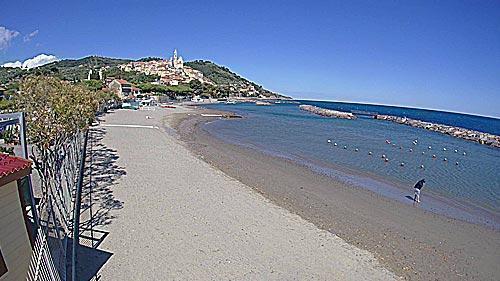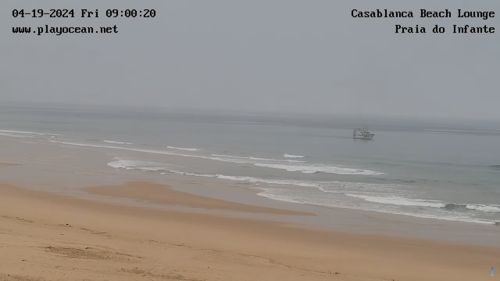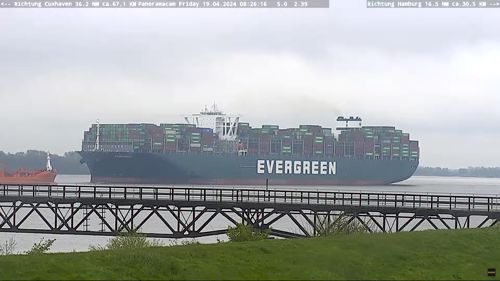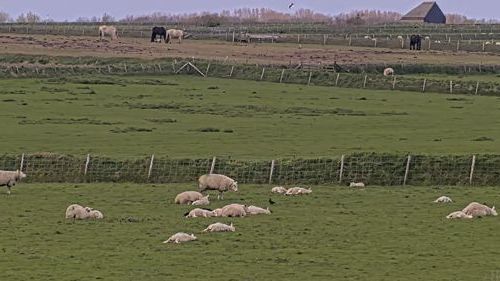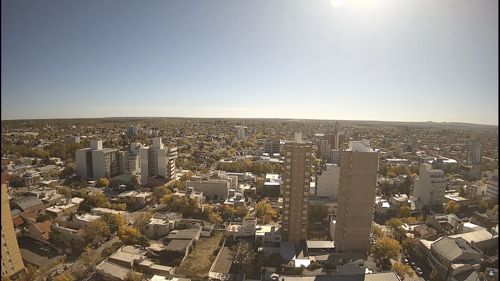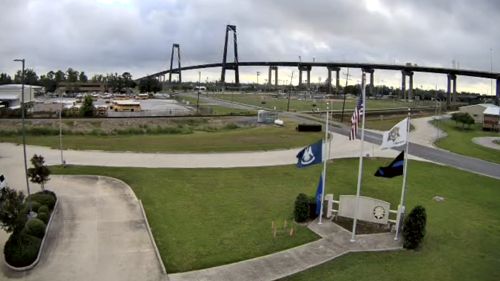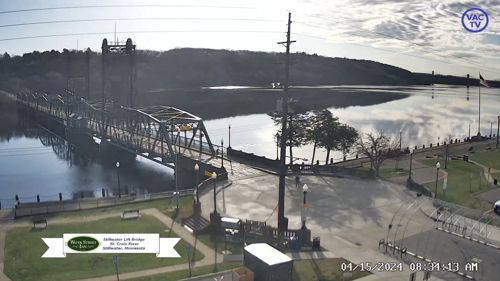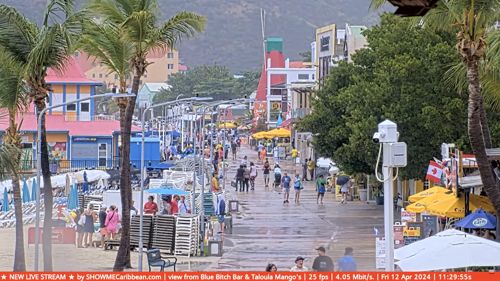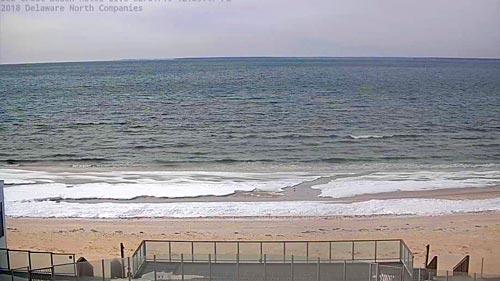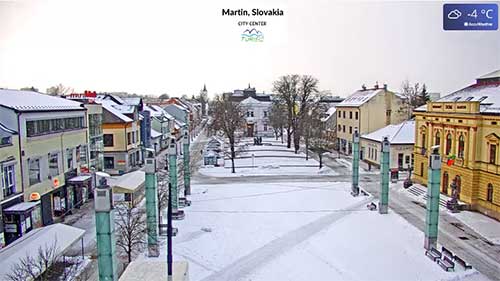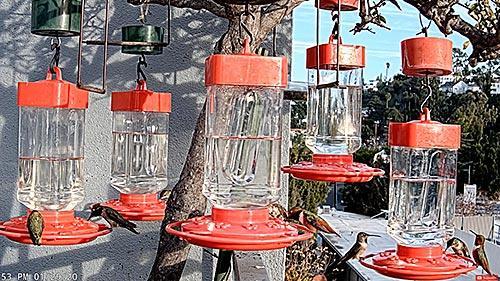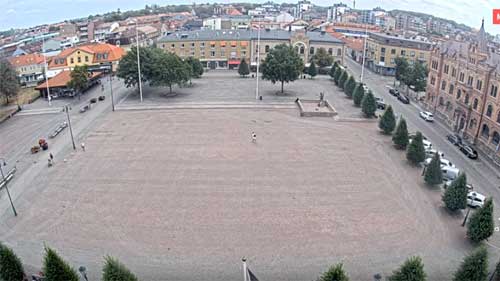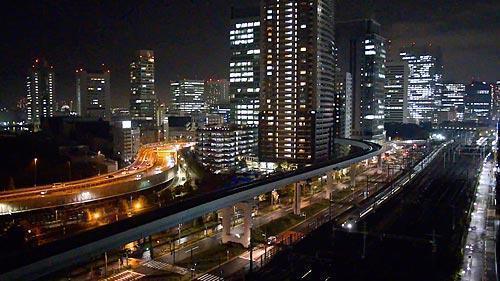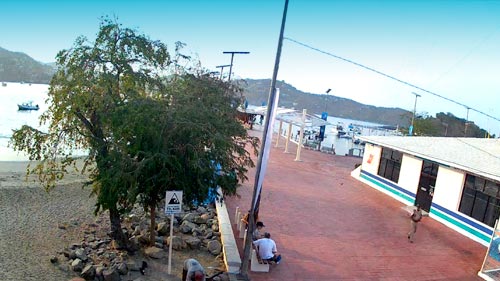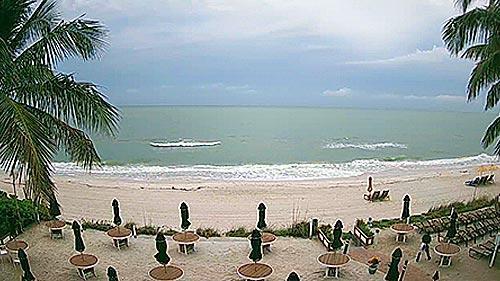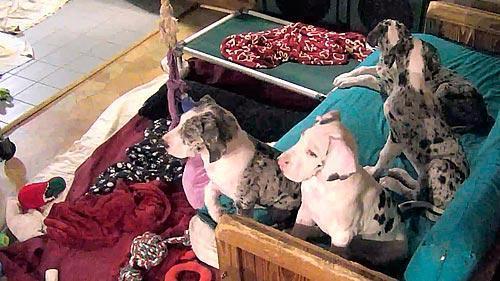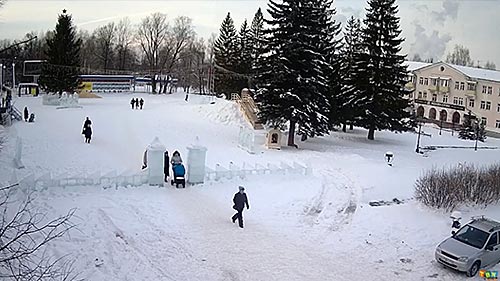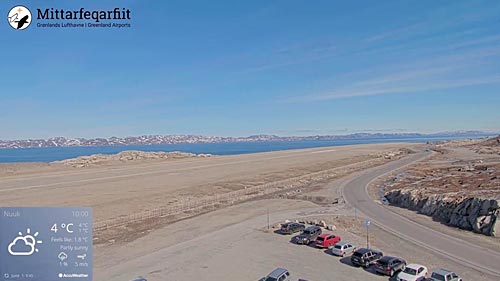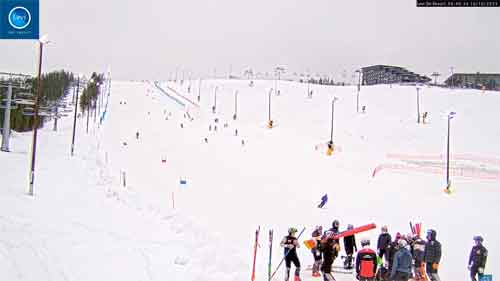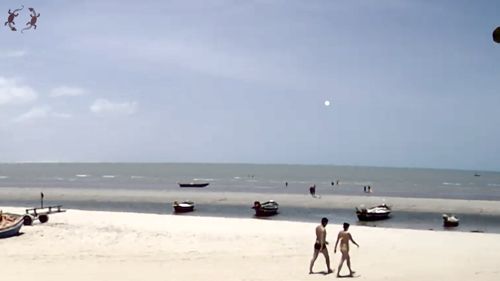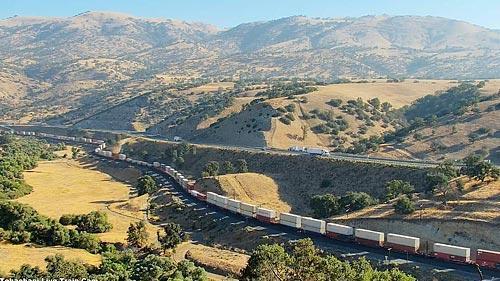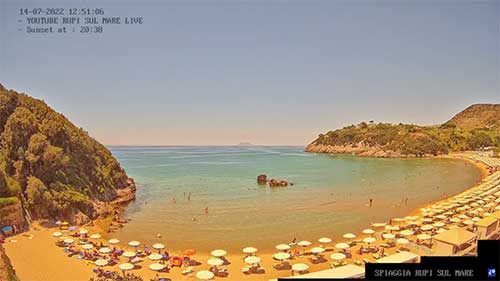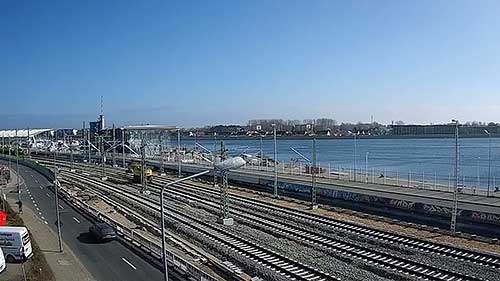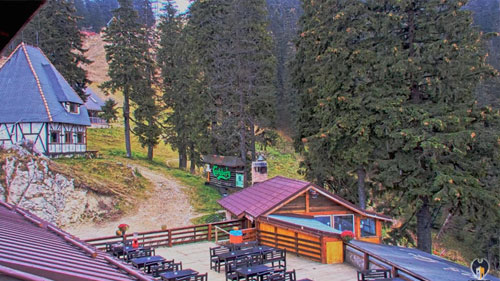County Cork (Contae Chorcaí) is situated in Southern Ireland, sharing borders with the counties of Limerick to the north, Tipperary to the northeast, Waterford to the east and Kerry to the west. Cork is at the southern edge of the Wild Atlantic Way, offering stunning shorelines, peninsulas and islands. Among these last are Dursey Island with Ireland’s only cable car, across open the Dursey Sound, and Inchydoney, a delightful tourist destination. The county's capital of the same name, Cork, is Ireland's second largest city (after Dublin). With the city centre set on an island on the River Lee, Cork is a cosmopolitan, vibrant city with delightful riverside walks, great pubs, art galleries and museums such as Cork City Gaol, a former prison. Also in the city, you will find the famed English Market, the magnificent Gothic Revival Saint Fin Barre's Cathedral and the Church of St Anne, noted for its 8 bells, which got famed after the song "The Bells of Shandon".
Among the most tourist places in the county is Kinsale, featuring a scenic yacht harbour, and offering a world-class golf course. In Kinsale you will also find the well-preserved 17-century Charles Fort and you may even stay in one of the riverside hotels.
Population: over 542 thousand inhabitants
Capital: Cork
Other major cities: Bantry, Baltimore, Castletown-Bearhaven, Baltimore, Ballincollig, Cobn, Clonakilty, Kinsale, Midleton, Mallow
Main attractions: Cobh Heritage Centre, Titanic Experience Cobh, Blarney Stone, Fota Wildlife Park, Blarney Stone and Blarney Castle, Jameson Experience Midleton, Blarney Woollen Mills, Ballycotton Cliff Walk, English Market (Cork), Saint Patrick's Street (Cork), Saint Fin Barre's Cathedral (Cork), Blackrock Castle Observatory, Kinsale, Spike Island, Dursey cable car
Nearest Airports: Cork Airport (Aerfort Chorcaí - ORK)

